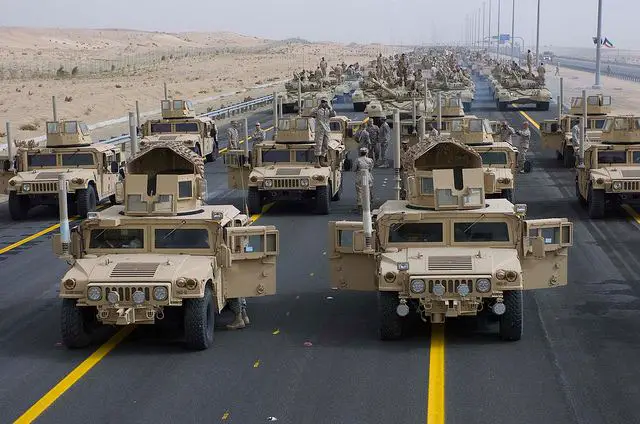| This
repositioning could include new combat forces in Kuwait capable of responding
to security failures in Iraq or a military confrontation with Iran, the
paper said.
The plans, under discussion for months, gained new urgency after President
Obama’s announcement this month that the last American soldiers
would be brought home from Iraq by the end of December. Ending the eight-year
war was a central pledge of his presidential campaign, but American military
officers and diplomats, as well as officials of several countries in the
region, worry that the withdrawal could leave instability or worse in
its wake.
In addition to negotiations on maintaining a ground combat presence in
Kuwait, the U.S. is considering sending more naval warships through international
waters in the region, the paper said.
With an eye on the threat of a belligerent Iran, the administration is
also seeking to expand military ties with the six nations in the Gulf
Cooperation Council - Saudi Arabia, Kuwait, Bahrain, Qatar, the United
Arab Emirates and Oman.
At the same time, the U.S. administration and the military are trying
to foster a new "security architecture" for the Persian Gulf
that would integrate air and naval patrols and missile defense, the paper
said.
The size of the American combat force to be stationed in Kuwait remains
the subject of negotiations, with an answer expected in coming days, the
newspaper said.
During town-hall-style meetings with military personnel in Asia last week,
the secretary of defense, Leon E. Panetta, noted that the United States
had 40,000 troops in the region, including 23,000 in Kuwait, though the
bulk of those serve as logistical support for the forces in Iraq.
|




















